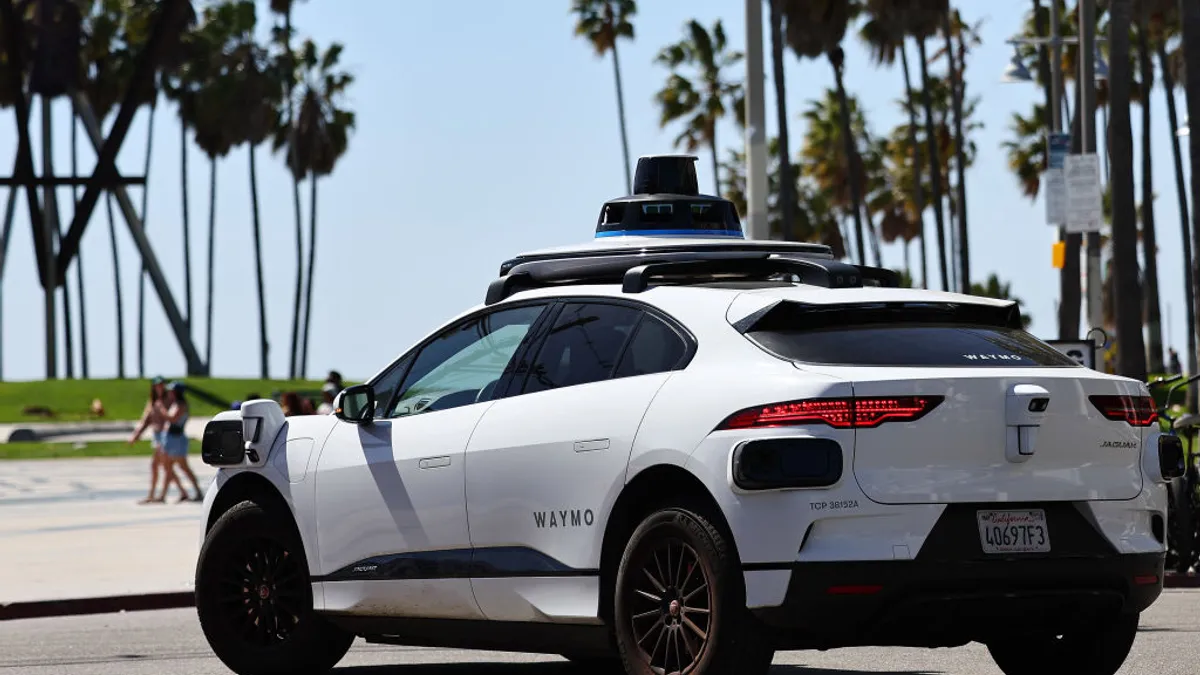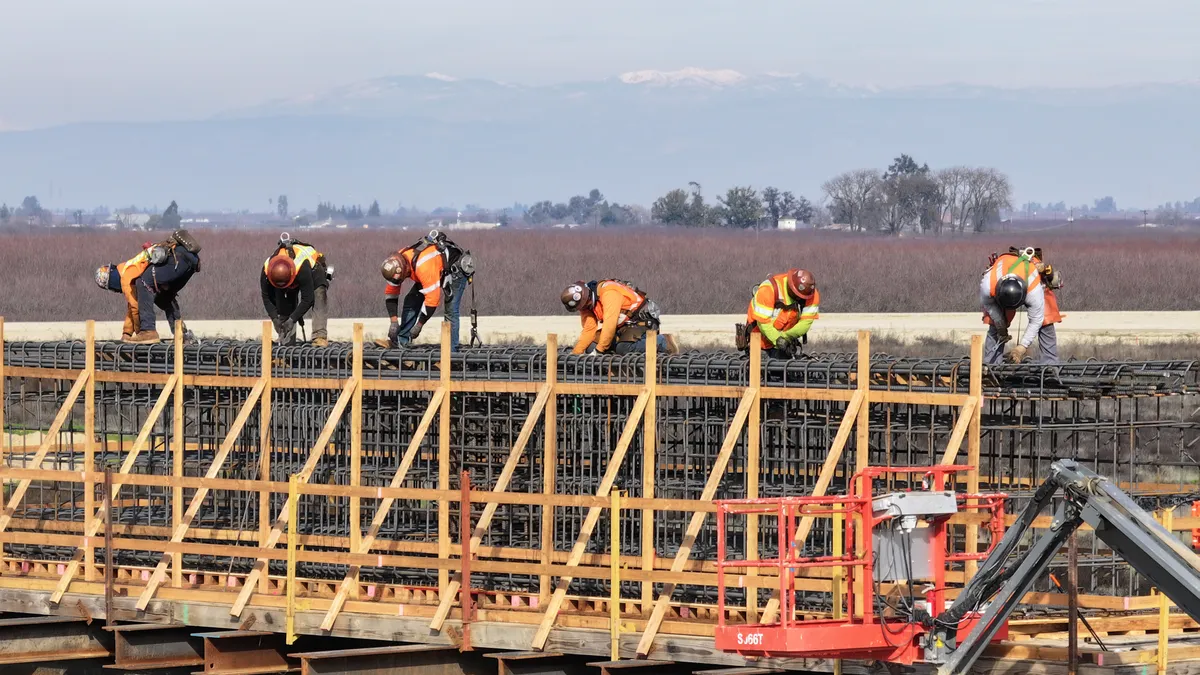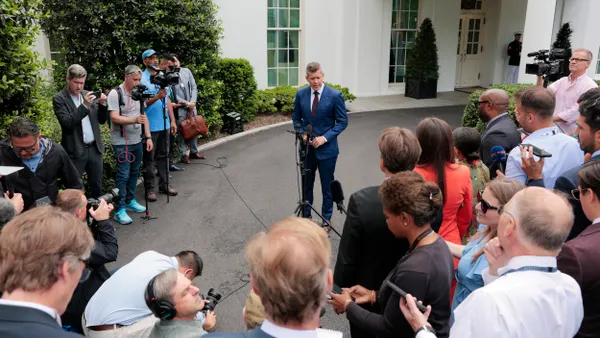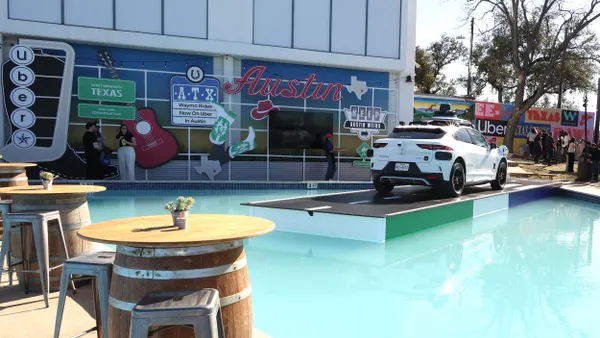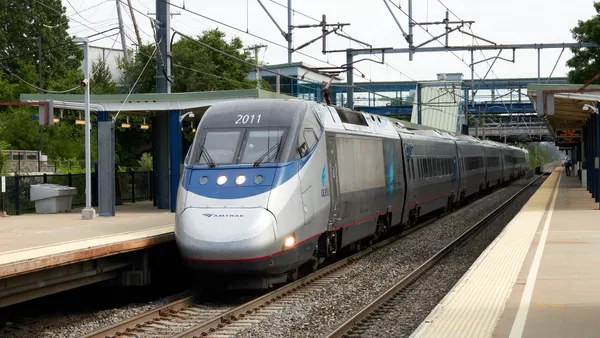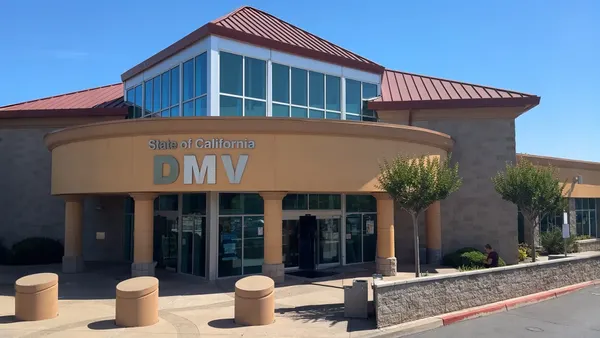Dive Brief:
- British Colombia has contributed $300,000 to a transportation study for an ultra high-speed rail project that would connect Vancouver to Seattle and Portland, OR. The money will go toward an in-depth business case analysis that addresses aspects including ridership, financing and system.
- The Washington State Department of Transportation (WSDOT) is leading the overall study and already released the feasibility study portion in December. Earlier this month the state's legislature granted $1.2 million in funding for the new in-depth analysis and gave a June 2019 deadline.
- The train could travel an average of at least 250 mph and cut travel times between Vancouver and Seattle to less than an hour, compared with the current three-hour travel time. Rail service from Seattle to Portland would take about 30 minutes.
Dive Insight:
The feasibility study looked at the possibilities of traditional high-speed rail, maglev and hyperloop, although it determined that hyperloop is too young a concept without proven results to be seriously considered for this project. It also examined an extension from Seattle to Spokane, WA, and another extension from Portland to Sacramento, CA, which would connect with the proposed California High-Speed Rail.
The analysis notes that Vancouver, Seattle and Portland share many similarities in their workforces, policies, academic institutions and drive for innovation, but that they are mostly disconnected economically despite their close proximity. It explains that developing a "megaregion" can boost economic interconnectivity and prosperity, and a fast, reliable transportation option could be the catalyst for developing the Cascadia megaregion. It could provide opportunities for more tourism in addition to increasing residents' job and affordable housing options along the corridor.
The high-speed rail could bring environmental benefits because it would be an option for commuters and reduce the number of cars on the road, thus decreasing congestion and pollution. The report estimates that the project could reduce greenhouse gases by 36,000-39,000 tons by 2055. Fewer cars would also hold the potential for fewer injuries and deaths from traffic accidents.
Project cost estimates vary from about $24 billion to $42 billion, depending on the ultimate system chosen and how much tunneling is required. One of the primary funding options suggested in the preliminary analysis is to rely on public-private partnerships (P3s). U.S. cities haven't embraced P3s as heavily as those in other countries like Canada, which reportedly has one of the most stable and mature P3 markets.
Developing and funding the high-speed rail project not only through P3s but also through a partnership of the three cities could leverage unique resources to which each city individually might not have access. That could be a particularly important factor considering the project would involve cities in two different countries, which brings different international partnerships and resources into the picture as well.
More analyses are still required before the project can get to the approval stage, hence British Columbia's monetary contribution for an in-depth study. But if it's approved soon, project construction could start by 2025 and would take about nine years to complete, depending on the approved rail system type and specifications.




